FORT BENNING, Ga. - The number of longleaf pine trees on Fort Benning will soon top 14.7 million. Tree planters have been working since the beginning of December to plant 1,000 acres - approximately 605,000 seedlings - of the hardy Southern pine.
The longleaf pine once dominated the southeastern landscape but now comprises about 3 percent of the land, said Stephen Hudson, lead forester with the Directorate of Public Work's Land Management Branch.
Approximately 155,000 of Fort Benning's 183,000 acres are managed as forestland, he said.
While the number of longleaf pine on Fort Benning is steadily increasing, it's less tolerant sister, the Loblolly pine, is being phased out.
Forest technician Mark Byrd said when he first began work at Fort Benning in 1983 the focus was on planting loblolly pine.
"It was geared more toward timber and the private industry point of view," he said.
"Now, the focus is on managing the ecosystem. The prescribed burns have really opened the forest up and we've planted a whole lot of longleaf."
The long-lived longleaf pine is the most tolerant of the Southern pine species, insect and disease resistant and is adapted to fire, making it "the healthiest tree for the training landscape," the forester said.
The trees provide terrain and cover for mission training.
In 1988, technicians planted 50 acres of longleaf. They now average 1,000 acres a year. In fiscal 2009 and 2010, that number swelled to 2,000 acres as Fort Benning prepared to mitigate the effects of Base Realignment and Closure and construction of the Maneuver Center of Excellence.
During the planting season, which lasts between six and eight weeks each winter, contractors plant approximately 20,000 trees per day, said foreman Elias Mejia, who oversees a team of eight.
The goal is to plant 605 trees per acre, Hudson said, in order to build a sustainable forest.
Most of the planting this season has been concentrated on the Harmony Church cantonment area north of U.S. Highway 280.
In April 2009, a tornado touched down in Columbus, cutting a swath through hundreds of acres of Fort Benning forestland, uprooting mature longleaf pines and leaving several red-cockaded woodpecker clusters homeless. The RCW is the only federal endangered species of woodpecker in the Southeast and lives in cavities inside of mature longleaf pine trees.
Surviving RCW clusters were moved to artificial cavities and successfully nested but salvage operations in 2009 and early 2010 prevented tree planting before now, Hudson said.
More than 420,000 seedlings are being planted in the damaged areas. The seedlings, about the size of tufts of grass, will take four to five years to reach 6 feet tall depending on soil quality.
It will be nearly 80 years before they are mature enough for the RCW habitat.
Hudson said he expects the installation will continue to plant longleaf for several decades.
"Our goal is to restore the longleaf pine ecosystem on the installation," he said.
Studying longleaf pines
The U.S. Department of Agriculture, in partnership with researchers from Auburn University and the University of Florida, will conduct a five-year, $2.4 million study of carbon management in longleaf pine forests. The project, funded by the Department of Defense, is aimed at finding ways to sequester carbon in longleaf pines and mitigate carbon dioxide emissions. Three military installations, including Fort Benning, were selected as sites for the study due to their large tracts of longleaf pine. Research is expected to begin in March.
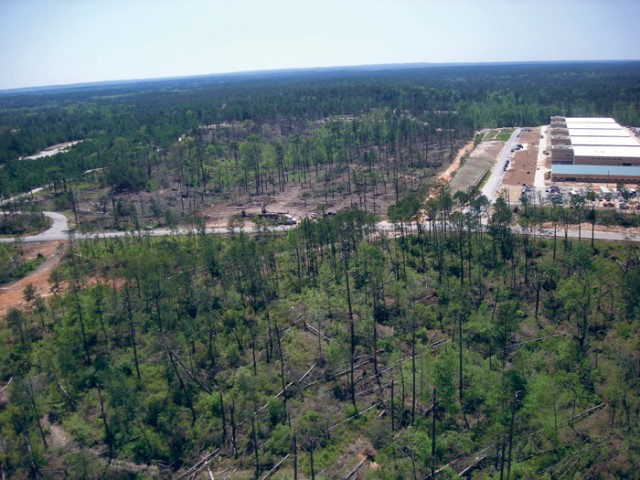

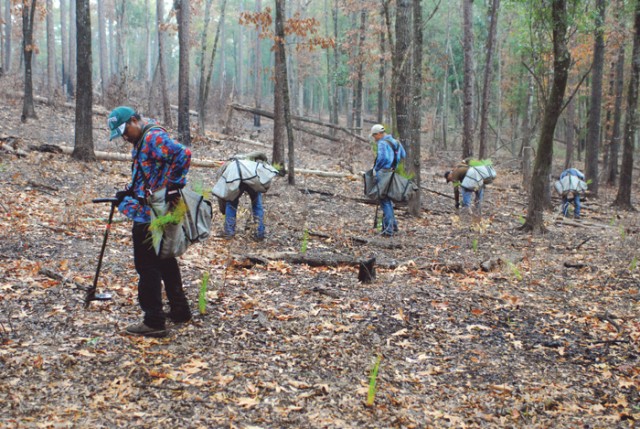



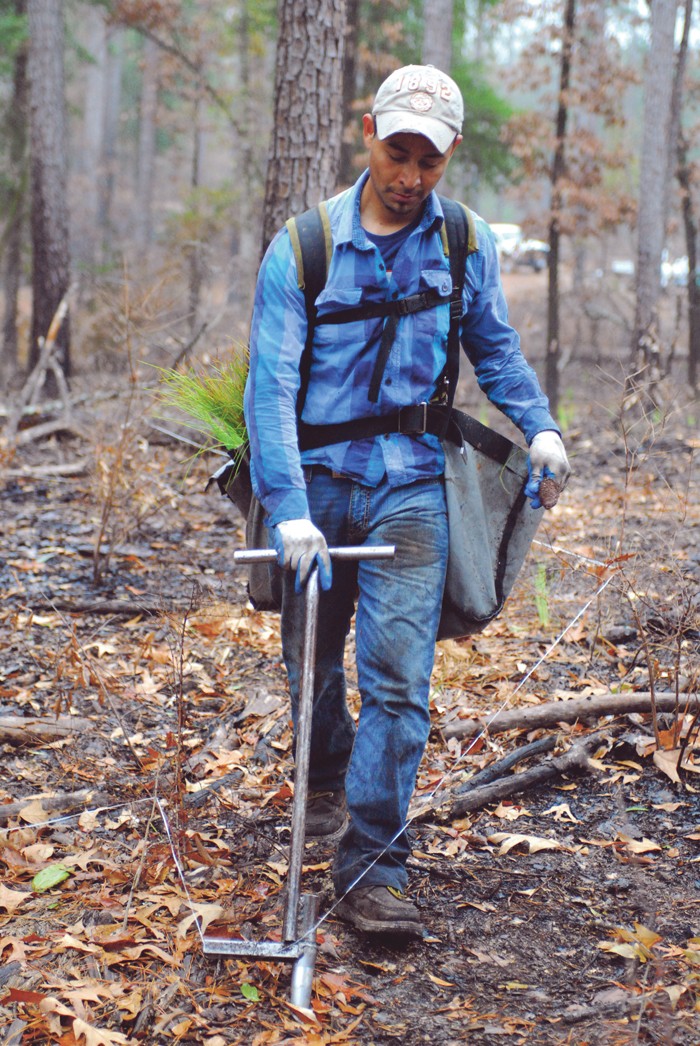
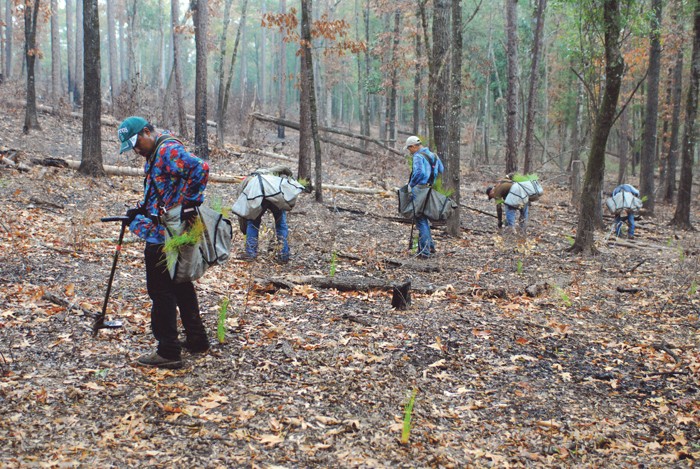

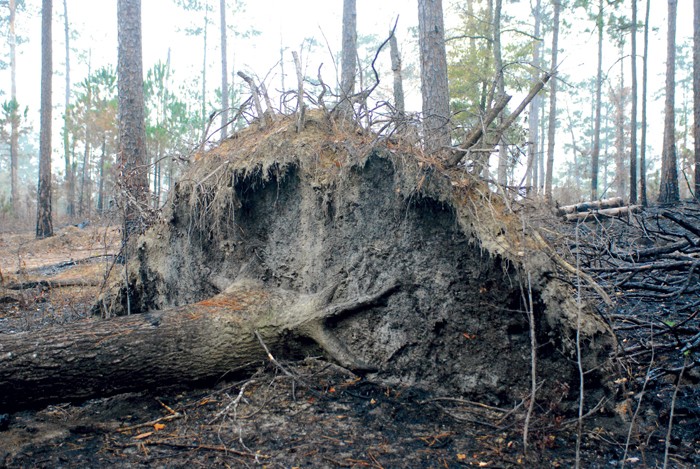
Social Sharing